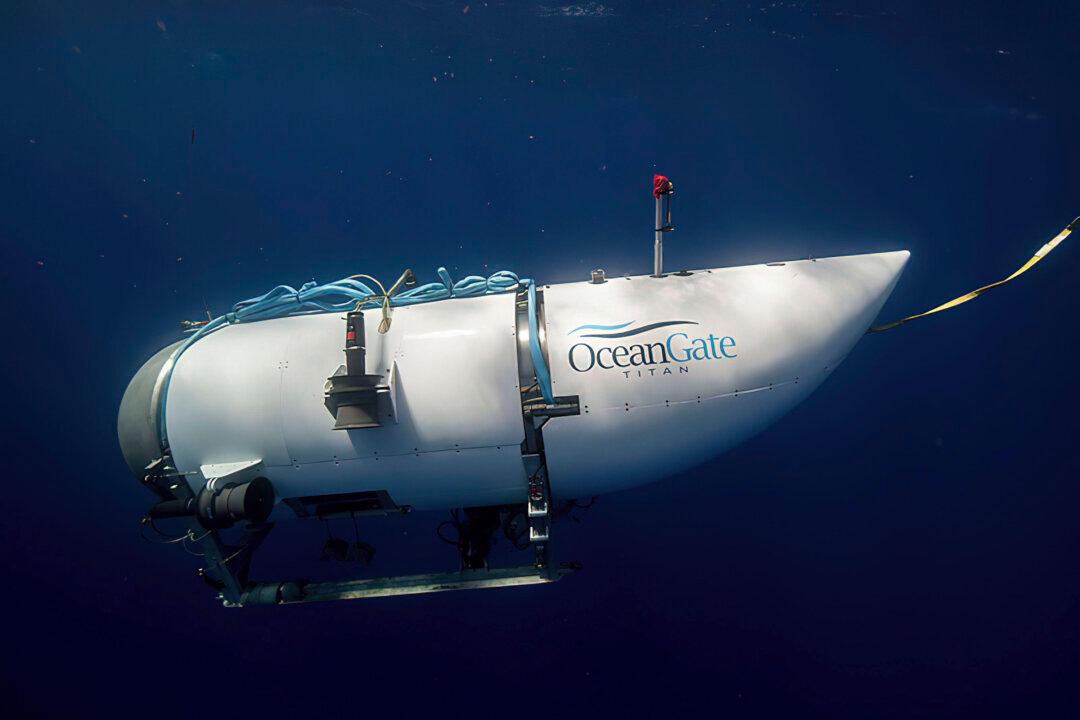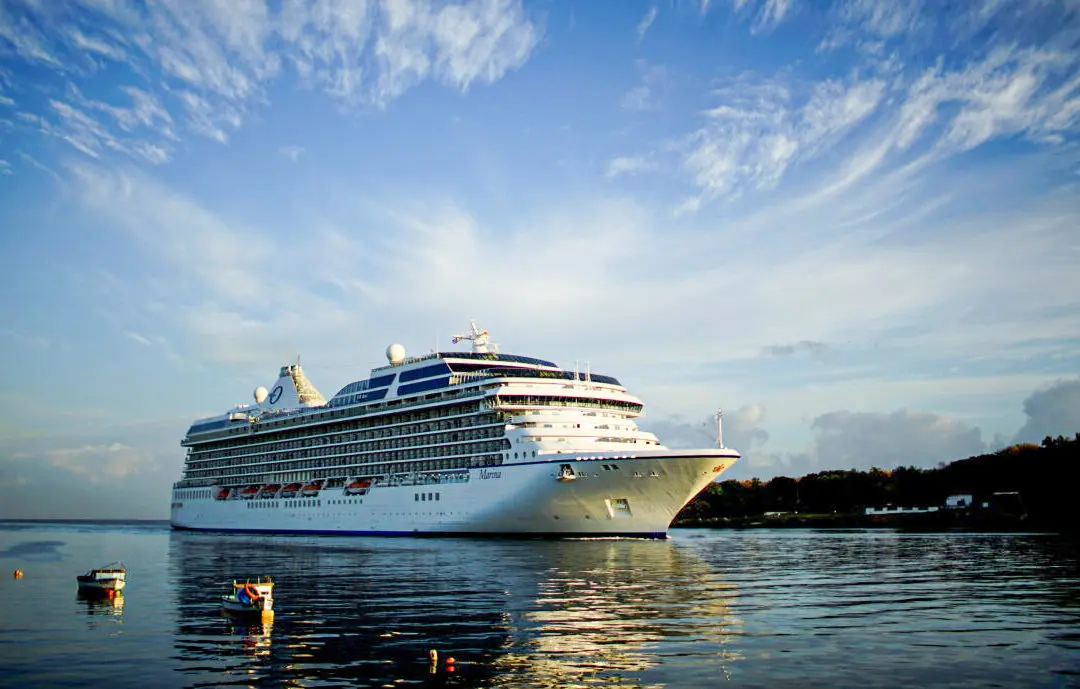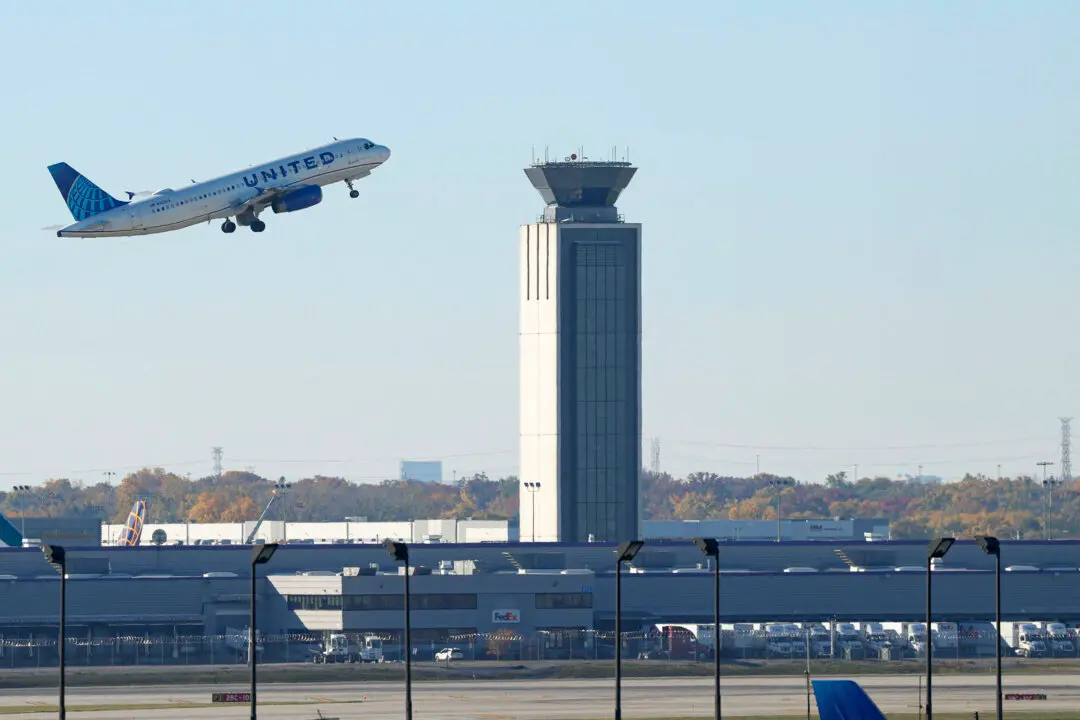The operator of a submersible vehicle that went missing while trying to view the Titanic wreckage in the Atlantic Ocean said it’s likely all five people on board have died, while U.S. Coast Guard officials said a “catastrophic implosion” likely occurred.
“We now believe that our CEO Stockton Rush, Shahzada Dawood and his son Suleman Dawood, Hamish Harding, and Paul-Henri Nargeolet, have sadly been lost,” OceanGate said in a June 22 statement, coming hours after the U.S. Coast Guard confirmed that it had found a “debris field” near the Titanic.





